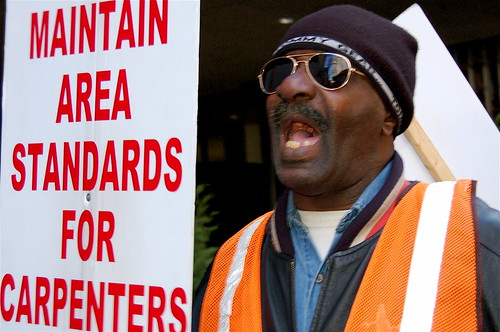Carpenter’s path from off the map to MLB slugger
Carpenter #Carpenter

This story was excerpted from Jason Beck’s Tigers Beat newsletter. To read the full newsletter, click here. And subscribe to get it regularly in your inbox.
It’s hard to believe the debate that followed Kerry Carpenter to the Major Leagues a year ago.
Last Thursday marked the one-year anniversary of Carpenter’s debut after 30 home runs between Double-A Erie and Triple-A Toledo, a power surge that put the former 19th-round Draft pick on the prospect map. Nobody really knew whether the power, or the retooled swing that helped tap into it, would translate to the big leagues.
A year later, not only has Carpenter proven he’s a Major League hitter, he has made his case to be part of the core of the Tigers’ lineup moving forward alongside former top prospects and first-round picks Riley Greene and Spencer Torkelson.
Carpenter entered Tuesday’s series opener at Minnesota with a 130 OPS+ through 106 games as a Tiger, batting .273 with 21 home runs and 51 RBIs. His .838 OPS is the 13th-highest for a Tiger in their first 105 career games with a plate appearance, ahead of players such as Curtis Granderson (.819), Austin Jackson (.755), Lou Whitaker (.714) and Alan Trammell (.603) — and just behind Juan Encarnacion (.841), Barney McCosky (.844) and Hank Greenberg (.846).
To say the swing has translated to the Majors, however, would be oversimplifying it. The hitter behind the swing has adjusted, too.
“I think he’s done a good job of learning and evolving,” manager A.J. Hinch said last week. “He has the right amount of stubbornness in him and his approach and in his swing. You need that as a hitter. You can’t tinker so much to the point of not knowing where your body is at or where your swing is at. On the flip side of that, you can’t be so stubborn that you’re not going to adjust to how the league is pitching you.”
Carpenter’s 7.2% walk rate this season is better than his 6.1% rate at Double-A last year. Likewise, his 21.7% strikeout rate is lower than his 27.5% rate in Erie last year. They’re also better than any of the major projection models had predicted for him this season, according to Fangraphs. He has lowered his chase rate from 33% last year to 31.8% this season, and he has raised his contact rate on pitches he does chase.
“It’s just been the learning experience, knowing that these guys know your weaknesses more than you do, basically,” Carpenter said. “And so, they’re going to try to really exploit that. Just making the adjustment back to that without getting completely away from what got me here or what I know I can do well, too. It’s been fun.”
Moreover, Carpenter has evolved in what pitches he hits. He pummeled fastballs last year, batting .316 with a .684 slugging percentage off of them, including all six of his home runs. He struggled against everything else, batting .161 with a 38.5% whiff rate off breaking balls and hitting .200 with a 26.3% whiff rate against offspeed pitches.
Not surprising, then, that the percentage of fastballs he has seen is down from 48.5% last year to 46.1% this season. He’s still hitting fastballs (.342 average, .667 slugging percentage, nine of his 13 home runs), but he has also improved against the other stuff. His .197 average off breaking balls is slightly up from last year, but that includes two homers and a dramatic drop in his whiff rate to 23.5%. His whiff rate on offspeed pitches is up to 34.8%, but he’s batting .288 against them with four home runs.
“I hit offspeed last year in the Minors,” Carpenter said, “but it’s different up here. These guys can throw it where they want to. They’ll throw it every pitch if they have to. I knew I could hit offspeed, but doing it up here against these guys while also having to respect the fastball has been a learning experience. It’s been fun to make that adjustment back.”